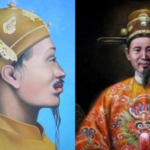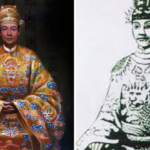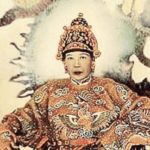Hoàng đế Hàm Nghi was the 8th Emperor of the Nguyen Dynasty – the last feudal dynasty in the history of Vietnam. Emperor Ham Nghi’s birth name was Nguyen Phuc Ung Lich, Nguyen Phuc Minh. He was the fifth son of Kien Thai Vuong Nguyen Phuc Hong Cai and Madame Phan Thi Nhan.
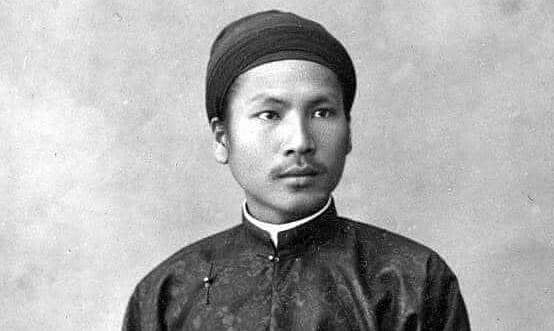
He was born on June 17, Tan Mui Year, which is equivalent to August 3, 1872. In some other documents, it is recorded that Emperor Ham Nghi was born on July 22, 1872 in Hue. Emperor Ham Nghi was the younger brother of King Kien Phuc Ung Dang and Chanh Mong or Ung Ky, who later became King Dong Khanh.
After the death of Emperor Tu Duc in July 1883, the leading courtiers Nguyen Van Tuong and Ton That Thuyet took complete control in dethroning him and ousting another king.
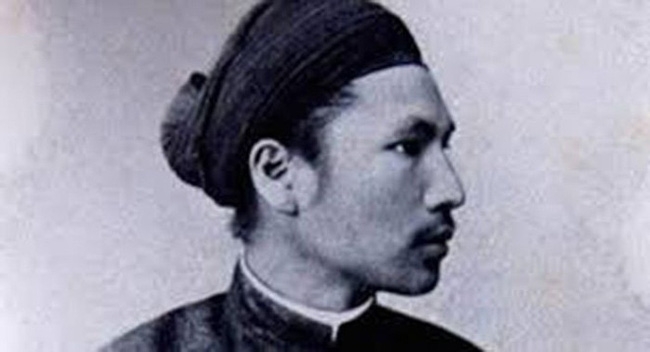
However, these high officials were passive in finding someone from the royal family who shared the same anti-French stance to be placed on the throne. Prior to Ham Nghi’s reign, all three kings Duc Duc, Hiep Hoa, and Kien Phuc had gone against the path of the pro-war faction or had died early, becoming elements that could not be eliminated from the current chaos of the court.
King Kien Phuc suddenly died when the situation was favoring the pro-war faction in the imperial capital. After the king’s death, it was supposed that the second adopted son of Emperor Tu Duc, Nguyen Phuc Ung Ky, would ascend the throne. However, Nguyen Van Tuong and Ton That Thuyet were afraid that appointing an older king would mean losing their power.
Moreover, both Ton That Thuyet and Nguyen Van Tuong firmly believed that by appointing someone who supported the anti-French stance, they would choose Nguyen Phuc Ung Lich, or Emperor Ham Nghi.
According to Ton That Thuyet and Nguyen Van Truong, Nguyen Phuc Ung Lich was a person who had the qualifications in terms of lineage, but had not been tainted by the luxurious life of the capital, which had clouded the patriotic spirit.
Therefore, Ton That Thuyet and Nguyen Van Truong believed that they could help the young king gain a grand perspective on the relationship between the court and the French colonialists.
Emperor Ham Nghi grew up in poverty and with a simple life, raised by his birth mother and not given the same education as his two older brothers in the palace. When he saw the messenger come to pick him up, the young boy Nguyen Phuc Ung Lich was scared and did not dare to accept the clothes and hat that were offered.
On the morning of June 12, Giap Than Year, which is equivalent to August 2, 1884, Nguyen Phuc Ung Lich was escorted between two rows of guards and entered the Thai Hoa Palace to be crowned Emperor, taking the regnal name Ham Nghi. At that time, Nguyen Phuc Ung Lich was only 13 years old.
Exile in Africa
Ham Nghi of the Nguyen Dynasty was the only king of our country who lived for many years in Africa. According to the book “Nine Generations of Lords, Thirteen Generations of Kings of the Nguyen Dynasty”, King Ham Nghi lived in Africa for a total of 56 years.
Ham Nghi was famous for his patriotic spirit during the Nguyen Dynasty. Due to his anti-French ideology, he was captured and exiled by the French colonialists to Algeria from 1888 until his death in 1944.
According to the book “A History of Vietnam”, King Ham Nghi was the leader of the Can Vuong movement (support the king to fight the enemy and save the country). After the Can Vuong movement failed, King Ham Nghi was captured by the French colonialists, dethroned, and exiled abroad.
According to the book “Nine Generations of Lords, Thirteen Generations of Kings of the Nguyen Dynasty”, in 1904, Ham Nghi got engaged to Miss Marcelle Laloe (1884-1974), the daughter of Mr. Laloe – Chief Justice of the Algerian Supreme Court. Their wedding became a cultural event in the capital, Alger.

Emperor Ham Nghi and his foreign wife Marcelle Laloe had 3 children together, including 2 princesses (Nhu Mai, Nhu Ly) and Prince Minh Duc. Among them, Princess Nhu Mai graduated as an agricultural engineer. Princess Nhu Luan obtained a doctorate in medicine and married Duke Francois Barthomivat de la Besse.
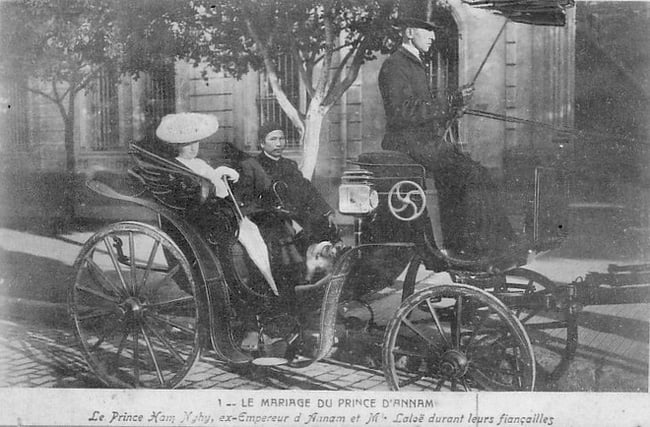
According to the book “Nine Generations of Lords, Thirteen Generations of Kings of the Nguyen Dynasty”, during his exile in Algeria, King Ham Nghi became acquainted with the art of painting and became a skilled artist.
According to the book “Nine Generations of Lords, Thirteen Generations of Kings of the Nguyen Dynasty”, in 1944, King Ham Nghi passed away in Algeria. His remains were buried there, but in 1962, they were reburied in a mausoleum in the village of Thonac, in the castle area belonging to Princess Nhu Mai in the Dordogne province of France.
The most powerful Empress who survived through 10 out of 13 Nguyen emperors, who is she?
Among the queens of the feudal regime in Vietnam, she is recorded in history as the longest-living.


























